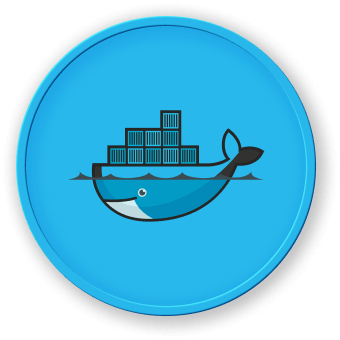Network Inspection Commands
Overview of Docker Network Inspection
Docker provides powerful commands to inspect and manage network configurations, helping developers and system administrators understand container networking.
Essential Network Inspection Commands
1. List Docker Networks
docker network ls
This command displays all available Docker networks with their details:
| Column |
Description |
| NETWORK ID |
Unique identifier for the network |
| NAME |
Network name |
| DRIVER |
Network driver type |
| SCOPE |
Network scope (local, swarm, global) |
2. Inspect Specific Network Details
docker network inspect bridge
Provides comprehensive information about a specific network, including:
- Subnet configuration
- Gateway details
- Connected containers
- Network driver specifics
3. Network Connection Verification
docker network connect my_network container_name
docker network disconnect my_network container_name
Advanced Network Inspection
graph TD
A[docker network ls] --> B[List Networks]
A --> C[docker network inspect]
A --> D[docker network connect/disconnect]
docker network ls --filter "driver=bridge"
docker network ls --filter "name=my_network"
Troubleshooting Network Issues
Container Network Diagnostics
docker port container_name
docker inspect container_name
docker network create --subnet 192.168.0.0/24 custom_network
docker network prune ## Remove unused networks
Best Practices
- Regularly inspect network configurations
- Use specific network drivers for different scenarios
- Implement network isolation
- Monitor network performance
With LabEx, you can interactively explore these network inspection techniques in a controlled environment.




